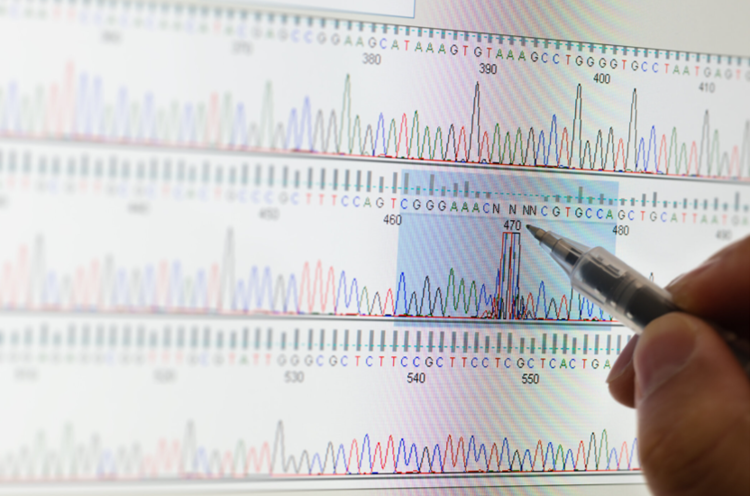APOE ε2 resilience for Alzheimer’s disease is mediated by plasma lipid species: Analysis of three independent cohort studies
Wang T, Huynh K, Giles C, Mellett N, Duong T, Nguyen A, Lim WLF, Smith AAT, Olshansky G, Cadby G, Hung J, Hui J, Beilby J, Watts GF, Chatterjee P, Martins I, Laws SM, Bush AI, Rowe CC, Villemagne VL, Ames D, Masters CL Taddei K, Doré V, Fripp J, Arnold M, Kastenmüller G, Nho K, Saykin AJ, Baillie R, Han X, Martins RN, Moses EK, Kaddurah-Daouk R, and Meikle PJ. (2022) APOE ε2 resilience for Alzheimer’s disease is mediated by plasma lipid species: Analysis of three independent cohort studies. Alzheimer’s & Dementia
Alzheimer’s disease (AD) is a neurodegenerative disorder characterized by progressive cognitive decline and memory loss. A singular cause of AD is not known, but many risk factors have been determined over the years. These include the accumulation of toxic proteins, impaired cholesterol transport, poor diet, high alcohol consumption, mental illness, lack of physical activity, presence of apolipoprotein (APOE) ε4 alleles, and plasmalogen reduction. The APOE gene encodes a protein that acts in lipoprotein transport and metabolism. In addition, APOE provides the greatest risk factor for sporadic AD, with the ε4 allele greatly increasing a person’s risk of AD, while the ε2 allele demonstrates protection. Plasmalogens, a class of lipids involved in membrane organization, cholesterol transport, lipid rafts, and oxidative stress, are reduced in AD and may drive some of the pathology seen. As the main role of APOE is lipid transport, there is an obvious relationship between alterations to lipid metabolism and lipidome and APOE status. Wang et al wanted to further explore the association between lipid species in plasma and APOE genotype within three large cohorts: Busselton Health Study (BHS), Australian Imaging, Biomarkers and Lifestyle (AIBL) flagship study, and the Alzheimer’s Disease Neuroimaging Initiative (ADNI).
The BHS study had 28 classes of lipids and 237 lipid species found to be associated with APOE ε2 while the meta-analysis of AIBL and ADNI study found 20 classes and 133 lipid species associated with this allele. Between these two, 18 lipid classes and 120 lipid species including ceramide, sphingomyelin, plasmalogens, alkyl diacylglycerol, and cholesteryl esters were significant. In comparison, the BHS study had 18 lipid classes and 104 lipid species associated with APOE ε4 and the AIBL and ADNI meta-analysis saw 91 lipid species associated with the ε4 allele. When put together, 43 lipid species were significant between both cohorts.
A link between changes in lipid profile and AD has been demonstrated by other researchers, including in a previous AIBL and ADNI study, but Wang et al wanted to expand on this work and determine if there is a relationship between APOE genotype and the lipidome. Plasmalogens were found to be lower in people with the APOE ε4 allele but were higher in those with APOE ε2. This was also consistent with the relationship between plasmalogens and AD, with those with AD showing lower plasmalogen levels. When they assessed how much of the risk from either genotype was mediated by peripheral lipid species, 36% of the APOE ε2 risk was mediated, especially by alkyl diacylglycerol and plasmalogen species. The mediation of AD from APOE ε4 risk was found to be much lower at 9%. This further supports the theory that plasmalogens play a role in AD etiology, specifically by protecting against the disease, as well that the peroxisome must be involved since it is the location for biosynthesis steps of plasmalogens and alkyl diacylglycerols. The APOE ε2 allele was found to elevate both lipid classes, even above phospholipid and triglyceride classes, indicating a potential preference for these ether lipids incorporating into lipoproteins.
Although lipid profile has been associated with AD previously, this is the first time that the lipidome has been correlated with APOE genotype. Not only was APOE ε4 found to be associated with decreases in plasmalogens, but APOE ε2, which is thought to be protective against AD onset, was associated with higher levels of plasmalogens. The double bond in plasmalogens protects against oxidative stress, influences organization and fluidity of membranes, and are important for vesicular fusion therefore this association between APOE ε2, higher plasmalogen level, and a reduced risk for AD is unsurprising. Wang et al suggest that the ability to raise ether lipids, through some form of plasmalogen or alkyl diacylglycerol supplementation, could reduce the risk of AD or be a therapeutic for the disease. As well, future work looking into using both the APOE allele and lipidome as a biomarker for AD could determine who could benefit from early intervention with an ether lipid treatment.
